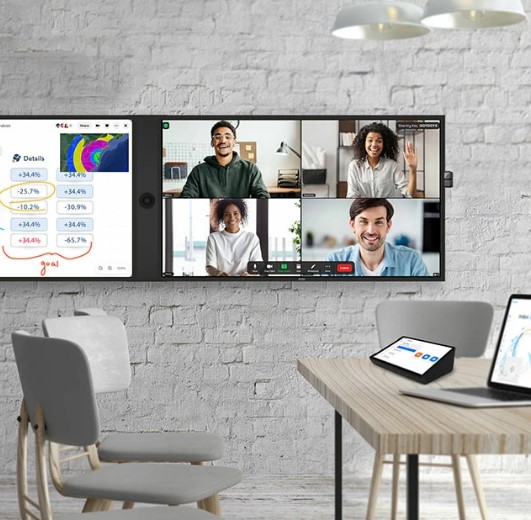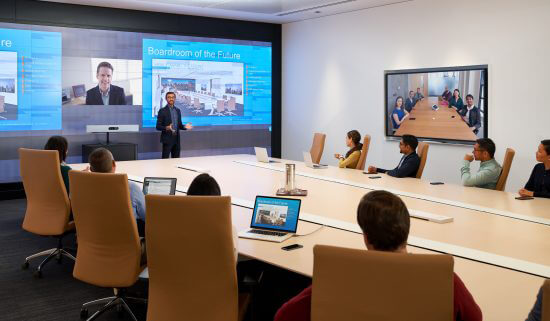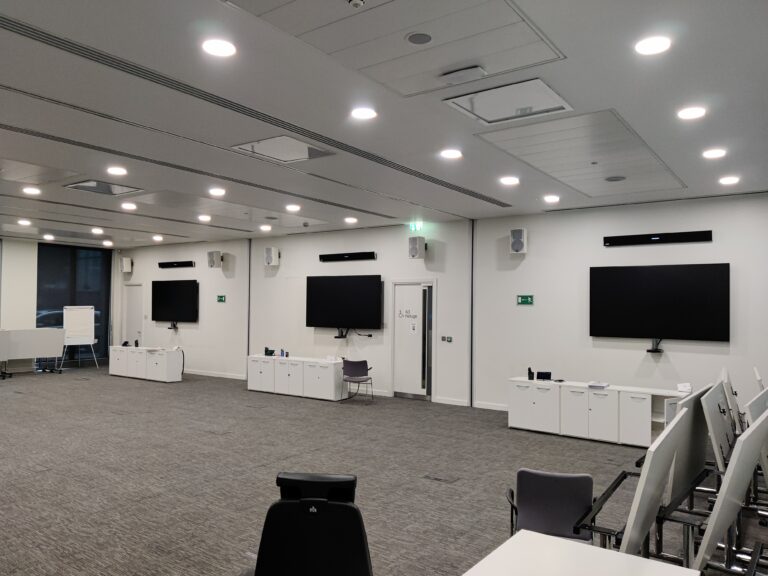In the modern world of remote work and global connectivity, virtual meetings have become an indispensable part of business operations. Hosting a successful virtual meeting requires careful planning, effective communication, and the right tools. Having been a prominent player in video conferencing solutions for more than two decades, VideoCentric offers this guide to assist you in establishing and conducting a successful virtual meeting. Furthermore, this resource will help you optimise both participant engagement and overall productivity.
Step 1: Define Clear Objectives and Agenda
Start by defining the purpose of the virtual meeting and set clear objectives. Please make sure you well-structure the meeting’s agenda and communicate it in advance to all participants. objectives help keep the discussion focused and ensure that everyone understands the desired outcomes.
Step 2: Assign Roles and Responsibilities
Delegate roles and responsibilities to participants to ensure an organised and efficient meeting. Assign a moderator to manage the flow of the meeting, a note-taker to capture important points, and a timekeeper to stay on schedule.
Step 3: Communicate Guidelines and Etiquette
Share guidelines and etiquette for virtual meetings, including muting when not speaking, raising hands for questions and using the chat for discussions or questions. Encourage participants to be punctual and prepared to contribute to the meeting’s objectives.
Step 4: Choose the Right Virtual Meeting Platform
Selecting the appropriate virtual meeting platform suited to the meeting rooms and collaboration tools to be used, is crucial for a seamless meeting experience. Although the host organisation may have a platform preference for day-to-day desktop use (eg MS Teams, Zoom, Webex or Google Meet), that same platform may not be best suited to a meeting room with dual displays and connected digital equipment such as interactive whiteboard, medical camera, scanner or visualiser. If such content is key to a successful meeting, then its host platform should be chosen by the meeting organiser. This will ensure a high-quality audio, video and content-sharing experience for all.
Step 5: Incorporate Visual Aids and Presentations
Integrate visual aids, such as slides or graphs, to enhance the clarity of your message. Utilise screen sharing features available in the platform to present information effectively. Visual aids help maintain participants’ attention and convey information more comprehensively.
Step 6: Test Equipment and Internet Connectivity
Before the meeting, ensure that all participants have access to the required equipment (e.g., computers, cameras, headsets) and a stable internet connection. Test the chosen virtual meeting platform to confirm that all participants can join without technical issues.
Step 7: Engage Participants Actively
During the meeting, actively engage participants by encouraging them to share their thoughts and ideas. Use interactive features of the virtual meeting platform, such as polls or breakout rooms, to enhance engagement.
Step 8: Encourage Feedback and Follow-Up
After the meeting, gather feedback from participants to identify areas for improvement. Send a summary of the meeting’s outcomes, action items, and responsibilities to all participants for reference and follow-up with defined timescales for action. Utilise the feedback to enhance future virtual meetings.
Tips for Maximising Engagement and Productivity
- Limit Meeting Duration: Keep virtual meetings concise and focused to prevent participant fatigue and maintain productivity.
- Emphasise Clear Communication: Ensure that instructions, expectations, and information are communicated clearly to all participants.
- Encourage Participation: Actively involve all participants by asking questions, seeking opinions, and involving them in discussions.
- Utilise Breakout Sessions: In planning lengthy or large-group conferences, divide participants groups into smaller breakout sessions with defined chairpersons for focused discussions and collaboration then come together towards the end with just the chairpersons presenting findings and agreeing actions.
- Promote Collaboration: Use collaboration tools to allow participants to work together on documents, brainstorm ideas, and solve problems collectively.
By following these steps and implementing the suggested tips, you can host effective virtual meetings that enhance engagement and maximise productivity. VideoCentric will provide you with the tools and support you need to facilitate successful virtual meetings. Enabling seamless communication and collaboration across your organisation.















